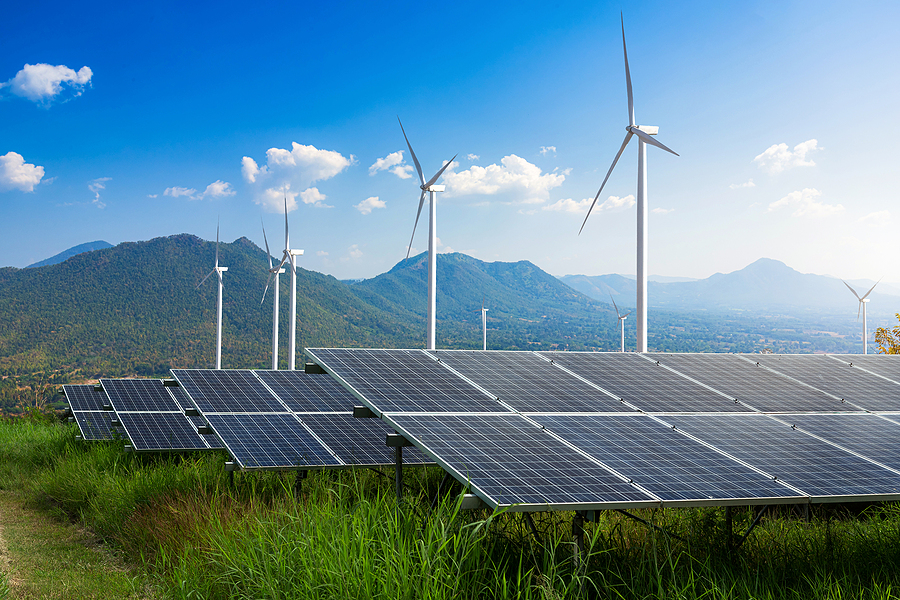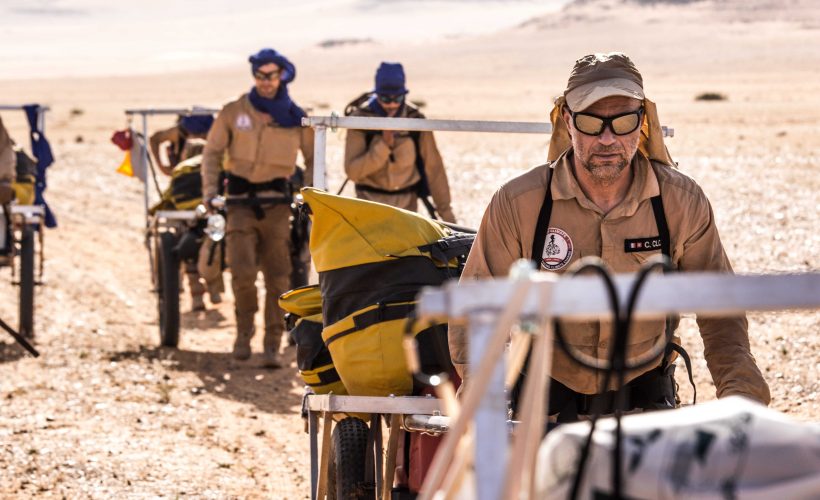Tech & Business
8.9.2021
Alarming IPCC report: how is the Arab world dealing with the climate emergency?

The Arab world, mainly composed of developing countries, is often singled out for its large carbon footprint. But in the midst of bad habits, more inherent to the lifestyles and consumption patterns of modern society than to a real disregard for the environment, projects are emerging that deserve to be put under the spotlight…

Trees for Jordan
Jordan, a desert country in the grip of a record drought, has made it a priority to green its territory… literally! To do so, the department in charge of nature protection at the Ministry of the Environment announced at the beginning of the year its intention to plant 10 million trees in 10 years.
The objective, in the long term, is to recreate the local forests, devastated by the repetitive fires. Although illegal logging exists in Jordan, “it represents only 1% of the damage caused to the forests,” said Mohamed Daoudia, Minister of Agriculture at the time the reforestation project was launched. In fact, after 499 fires in 2020, 50 hectares of olive trees decimated in the month of October alone in the region of Ajloun, and 80 others a year earlier in Jerash, the need is real.
In addition to the obvious benefits such as the renewal of the planet’s oxygen, these measures also have a beneficial effect on bees, whose importance for the ecosystem is no longer presented.
Saudi Green Initiative & Middle East Green Initiative
This is undoubtedly the most ambitious of the projects listed here. Conceived as an extension of Vision 2030, the Saudi Green Initiative, announced in March 2021 and initiated by Saudi Crown Prince Mohammed bin Salmane, aims to chart a new course for the region in terms of protecting the planet and making a significant contribution to achieving global goals in the fight against climate change. In concrete terms, this means reducing carbon emissions from hydrocarbon production in the region by more than 60%, and producing 50% of the kingdom’s energy from renewable sources by 2030.
In addition to the energy aspect, Saudi Arabia, accompanied by its Gulf neighbors, intends to combat desertification by planting an additional 40 billion trees in the Middle East, which would restore an area equivalent to 200 million hectares of degraded land to reach 5% of the global planting target of 1,000 billion trees.
Finally, the country places the preservation of marine space as a highlight by raising the proportion of protected areas to more than 30% of the total land area, or about 600,000 km² of coastline. A goal that will exceed the current global level of 17%.

In the Emirates, an ambitious policy
As a pioneer in the region in the fight against global warming, the UAE’s energy strategy aims to achieve a target of 44% of the country’s electrical capacity without CO2 emissions by 2050, out of a total capacity of 100 GW, of which 20% is photovoltaic. The country has committed, as part of the Paris Agreement, to reduce its greenhouse gas emissions by 70% by 2050 by relying on renewable energy and nuclear power, as well as improving the efficiency of current power plants.
The cornerstone of these ambitions is the Masdar sustainable city project in Abu Dhabi, which continues to attract attention. Launched in 2007, this eco-city is expected to accommodate up to 50,000 residents and 1,500 businesses when completed, in an area that has been entirely designed to generate as few emissions as possible. Part of it is already operational and, eventually, the city should accommodate 50,000 residents and offer 40,000 jobs to non-residents.
popular

